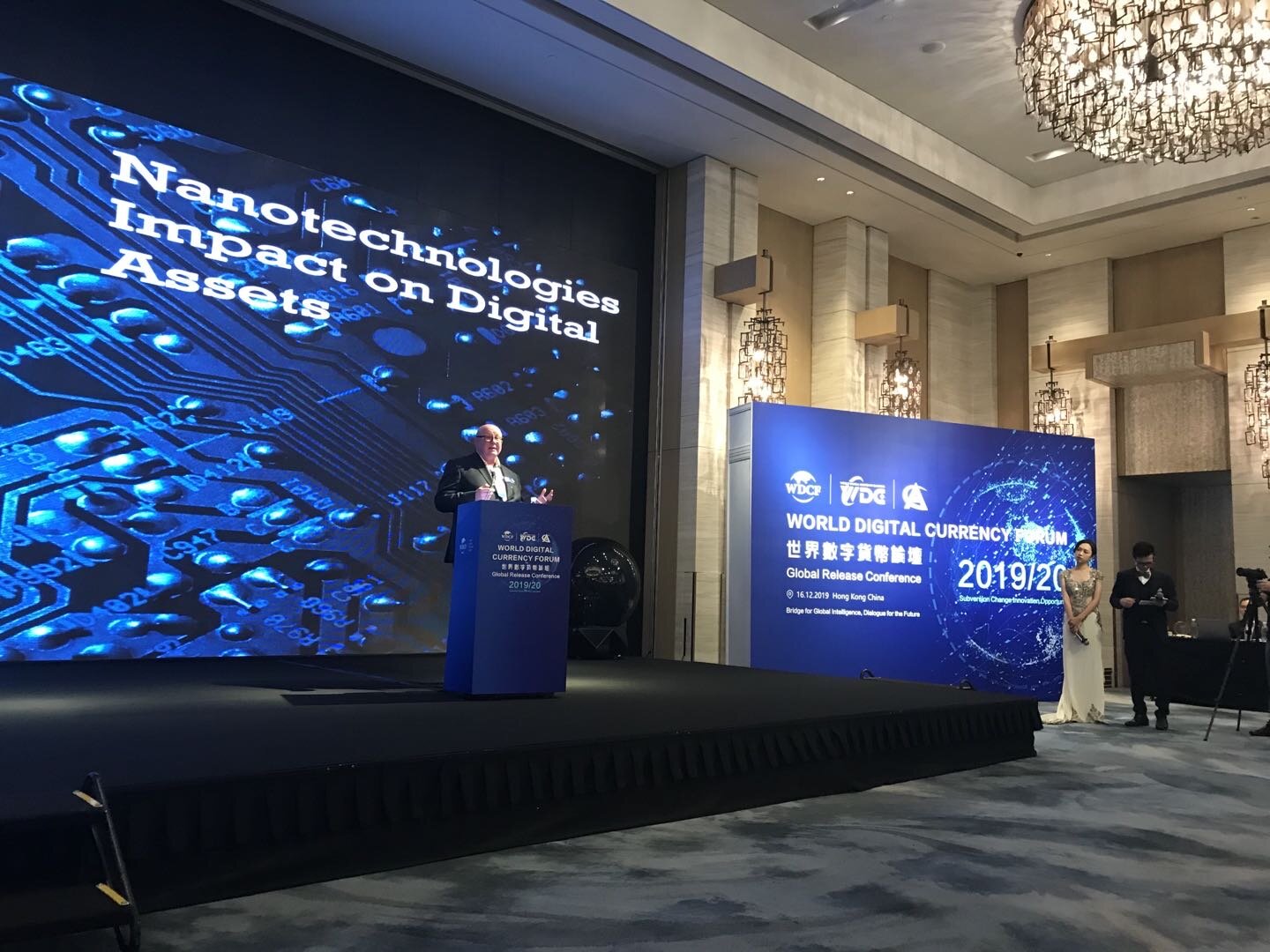Key issues raised at Davos 2019 which nanotechnology could help solve

Last week, the Swiss Ski Resort of Davos hosted the World Economic Forum for its yearly conference, with this year’s theme being Globalization 4.0, and much of what was being discussed not only focused on the future of globalisation, but also highlighted the effects it has already had on the planet. The event saw notable leaders in everything from art to politics discuss the many issues of globalisation, but what roles does nanotechnology have to play in these issues?
Climate Change and Energy
This year we heard an impassioned discussion between Prince William and legendary conservationist David Attenborough, who explained that it was "difficult to overstate" the global climate change crisis. Meanwhile, 16-year old Swedish activist, Greta Thunberg, went viral during a talk, when she blamed the global elite for their role in climate change.
Despite this, many environmentalists may have been left disappointed by Angela Merkel’s insistence that Germany would still need coal for “a certain time” and the number of limos filled with CEOs from across the world that left the roads of Davos gridlocked. So, how can nanotechnology help reduce global emissions and aid in the climate change crisis?
Batteries is one area where the use of nanomaterials is starting to gain traction, in the move away from fossil feuls. While work still needs to be done to assess their long-term safety, the initial efficiencies and charge/discharge cycle rates look very promising for many applications.
One of the most promising areas is in electric vehicles, which have issues with slow charging rates and rapid discharge rates. Batteries, fuel cells and hybrid Lithium-ion-ultracapacitors that employ nanomaterials have all been touted as the next big thing for electric vehicles because they have much better cycle and discharge cycle rates. This makes them more efficient, gives them more capacity and would hopefully lead to larger adoption of driving electric vehicle over current fuel-run models, due to the better performing batteries.
Also, another nanotechnology solution for climate change could be Carbon capture, which is the process of collecting the carbon dioxide produced when fossil fuels are burned. Solar Cells could be a further solution, there are currently many different types of solar cell that employ nanomaterials because they provide a much greater conversion efficiency over traditional solar cells by minimising the energy loss at these junctions.
Healthcare
Bill Gates explained at Davos 2019 that healthcare investments are the best he’s made, while UK Health Secretary, Matt Hancock, pledged to incentivise pharmaceutical companies to create “urgently needed” drugs to fight antimicrobial resistance.
Researchers from institutions across the world are already hoping to use nanotechnology to develop more targeted treatments for drug-resistant bugs. This approach will lead to great strides in battling pneumonia and could also be adapted to target other difficult-to-treat bacterial infections such as tuberculosis.
Meanwhile, this could also help Bill Gates in his goal of finding a vaccination for TB, with nanotechnology also offering a solution to one of his other long-term goals, finding a way to treat and possibly prevent HIV/Aids. A team from Creighton University’s School of Pharmacy and Health Professions, could have a method which incorporates a monoclonal antibody that blocks the targeted receptor, thereby preventing HIV from eve penetrating cells in the human body.
Data and the Internet of Things
In his talk about nano-enabled Smart Cities at Davos, the World Nano Foundation’s Chairman, Paul Stannard, spoke of the need to manage data with nano sensors and 5G transformation to improve the way smart cities are built and run across the world.
Millimetre wave technology companies could already speed the transformation of 5G, using these virtual fibre networks could be the future of 5G. This option is much faster and less disruptive than the fibre optic cable solutions being implemented today, which creates more cost, disruption and is not future proof as we move to 6, 7 or even 8G.
A nano-enabled virtual fibre network is ready to scale now for major cities and could have a big impact on driving further globalisation and connectivity. This would also aid in driving the internet of nano-things, helping to build everything from better smart connected homes to better real-time medical diagnostics for the masses, technologies already in development but that would perform much better in a 5G enabled environment.





